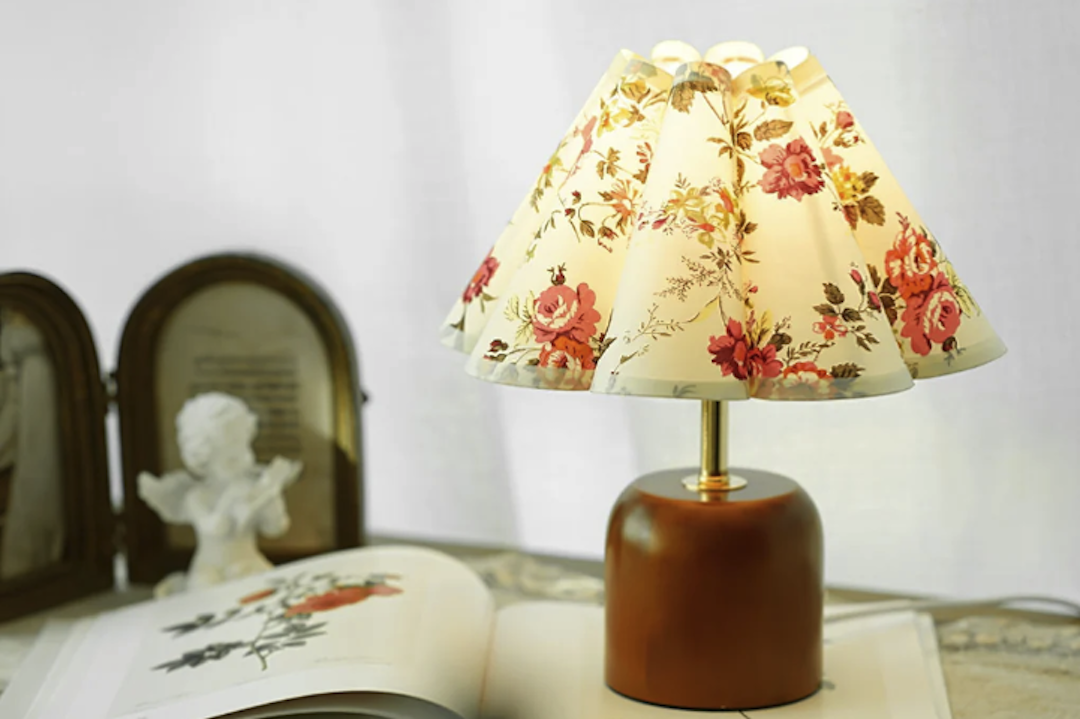
Whether you’re looking for vintage dinnerware to add to your collection or you’re seeking out a special piece to give as a gift, knowing how to identify style house fine china will help you make the right choice. While many china patterns are similar, a few differences can set one apart from the others. Knowing the type of china and its history can also provide insight into its value.
The first step in identifying a piece of china is understanding the difference between porcelain and bone china. While both are made through a combination of clays, kaolin, and feldspar, according to Noritake, bone china has cow bone ash mixed in the ceramic material during a firing process that results in a harder, whiter, more translucent product.
Other distinguishing characteristics of bone china include gold, or gilt, edging. This luxury detail is often seen on pieces by manufacturers such as Noritake. To see if your piece has this accent, gently tap the edge with your fingernail. If it makes a high-pitched sound, it’s likely that the piece is fine bone china.
As for other identifying features, pay attention to the backstamp, which will indicate the manufacturer who produced your piece. It will often provide valuable information, such as the country of origin and the year it was produced. It may even offer insight into the pattern name or number, if it is available. If there is no stamp, hold the piece up to the light and examine its color. Fine china is usually pure white, while porcelain has more of an ivory hue. The color of your piece may also indicate the type of china.







